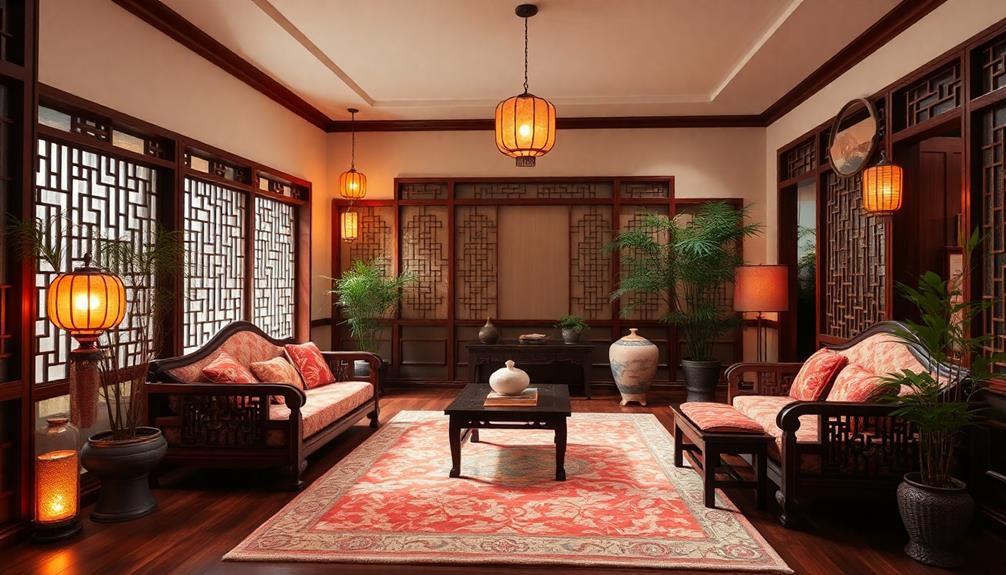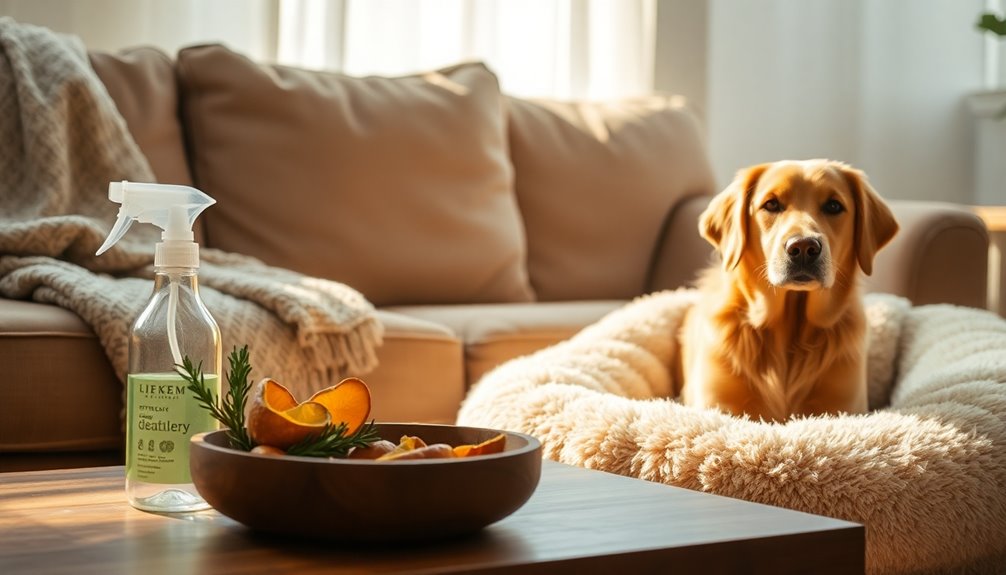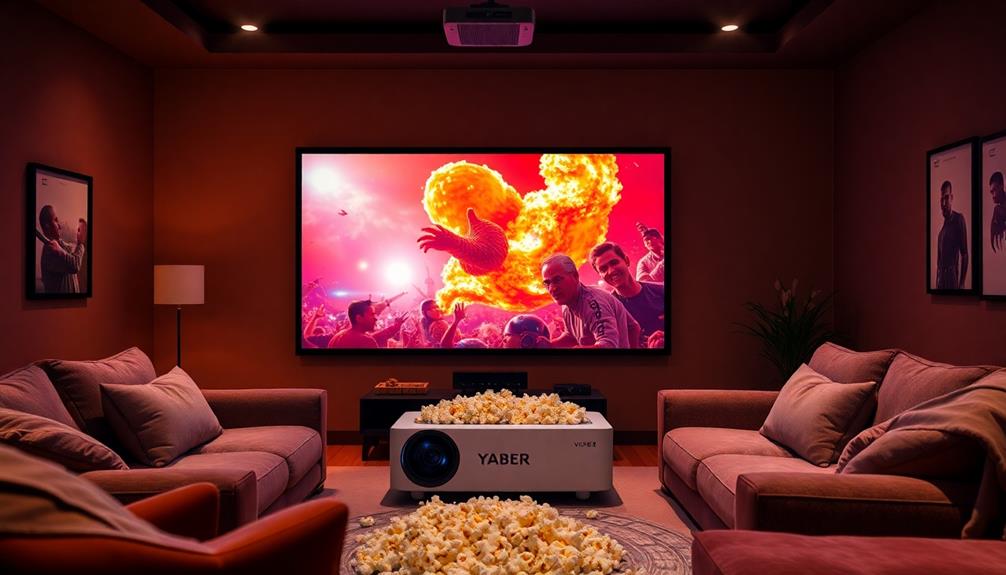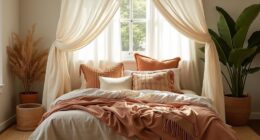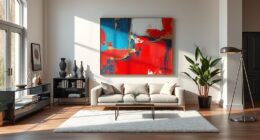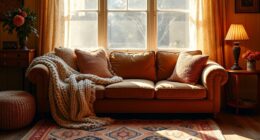When delving into Chinese interior design, you will discover a world rich in symbolism and tradition. Each space is designed to resonate with balance and harmony, following Feng Shui principles to optimize energy flow. The use of natural materials like bamboo and stone adds warmth and a connection to nature. Traditional motifs such as dragons and lotus flowers hold cultural significance, promoting tranquility and strength. As you explore modern adaptations, you will see a seamless integration of old and new. This captivating design journey unveils the deeper meanings behind each element, inviting you to explore further.
Key Takeaways
- Traditional Chinese interior design incorporates motifs like dragons and phoenixes, symbolizing power, strength, and rebirth, enriching the aesthetic experience.
- Feng Shui principles guide the arrangement of spaces, promoting harmony, balance, and the flow of positive energy (Qi) in interiors.
- Natural materials such as wood, bamboo, and stone create a connection to nature, enhancing warmth, texture, and sustainability in design.
- Modern adaptations blend traditional aesthetics with minimalism and technology, creating inviting, uncluttered spaces that honor cultural heritage.
- Cultural significance in design fosters emotional resonance, reflecting rich heritage and community values through carefully chosen colors and motifs.
Traditional Chinese Motifs
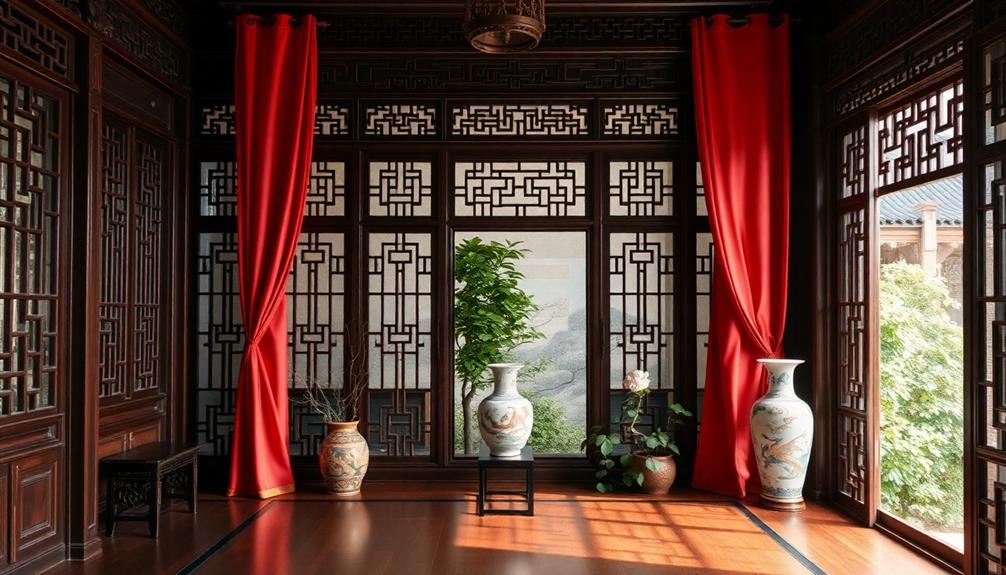
Traditional Chinese motifs infuse your space with rich symbolism and cultural depth. When you incorporate dragons, you're embracing power and strength, making a bold statement of authority.
Adding phoenixes symbolizes rebirth and rejuvenation, inviting a revitalizing energy into your home. Lotus flowers signify purity and enlightenment, promoting a sense of tranquility in your surroundings.
Lucky clouds bring good luck and longevity, enhancing the overall ambiance. Jade sculptures represent integrity and peace, while porcelain vases embody wealth and prosperity.
Calligraphy scrolls convey wisdom, enriching your space with cultural narratives. By choosing symbolic colors like red for happiness and black for protection, you further enhance the emotional atmosphere, creating a space that reflects both beauty and meaning.
Principles of Feng Shui
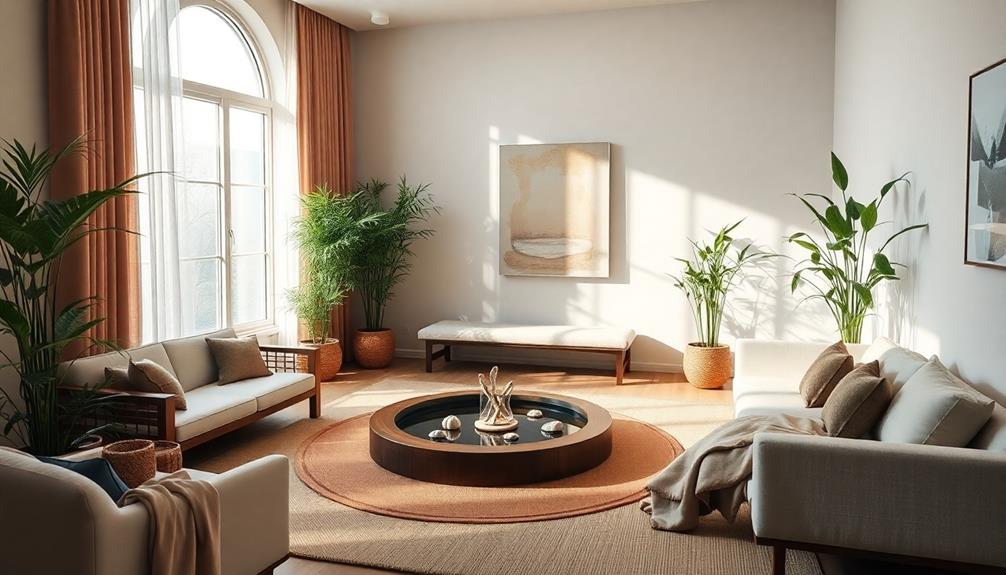
Feng Shui is all about creating harmony and balance in your living spaces. By optimizing the flow of energy, or Qi, you can enhance your environment's overall well-being.
Start by strategically placing furniture to encourage positive energy circulation, avoiding clutter that disrupts clarity. Incorporate the five elements—water, wood, fire, earth, and metal—to foster a balanced atmosphere.
Pay attention to symmetry, as it signifies stability and order, promoting peace within your home. Use specific colors and materials that align with your intentions, like red for happiness or blue for tranquility.
Natural Materials in Design
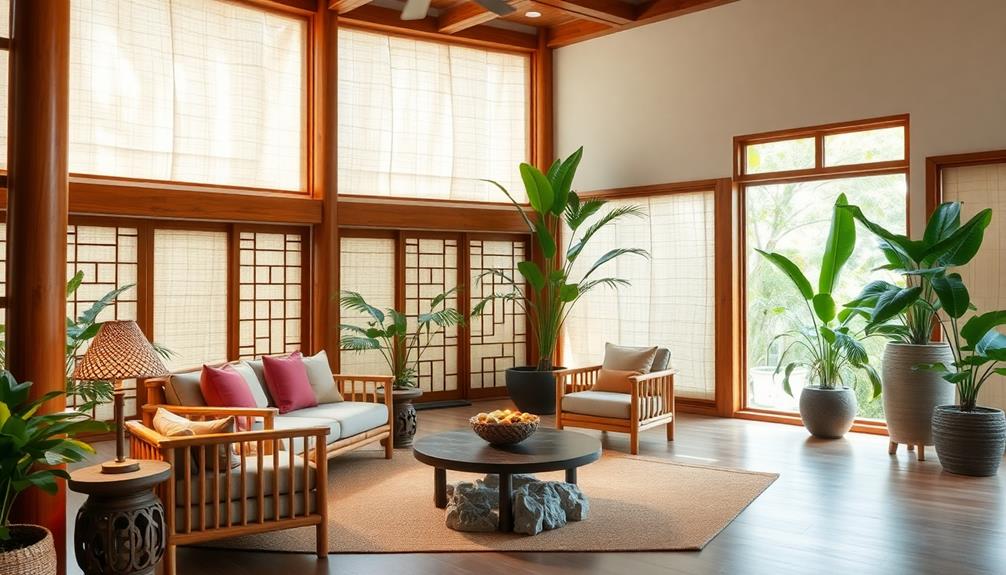
Incorporating natural materials like wood, bamboo, and stone into your design can truly elevate the ambiance of your space.
These elements not only enhance aesthetic appeal but also create a deeper connection to nature. Wood and bamboo bring warmth and texture, making your interiors feel inviting and authentic. Bamboo, in particular, symbolizes sustainability, showcasing your commitment to eco-friendly choices.
Stone adds a timeless quality, grounding your design and providing a sense of stability. By blending these natural materials with modern design, you can achieve a unique and harmonious look.
Don't forget to include traditional motifs, like lotus patterns, to enrich your environment further, creating a peaceful, tranquil atmosphere that reflects your personal style.
Achieving Balance and Harmony
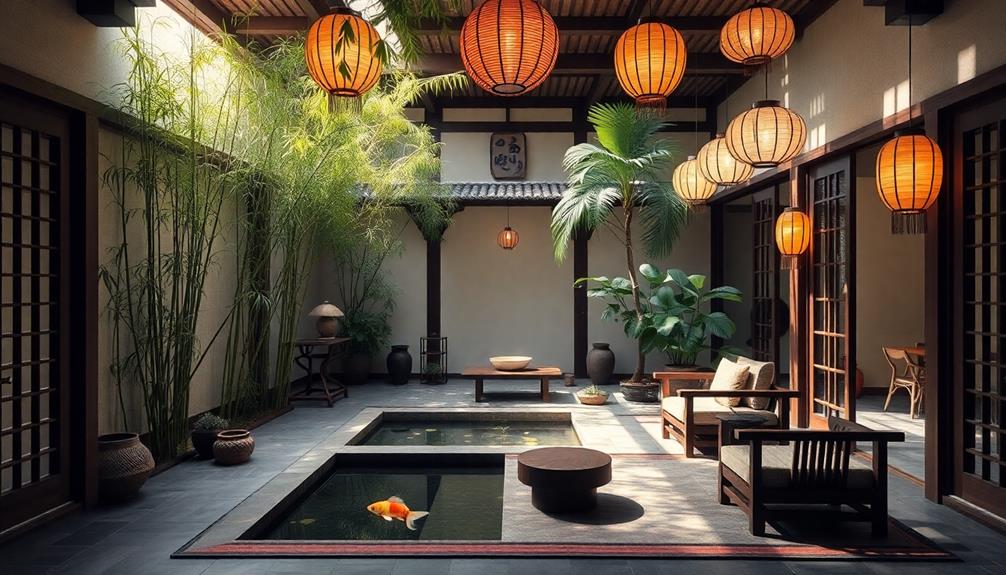
Achieving balance and harmony in interior design is essential for creating a serene and inviting space. You can incorporate contrasting elements to establish a harmonious atmosphere. Focus on the interplay of Yin and Yang, where softness meets strength, and dark contrasts light.
| Element | Symbolism |
|---|---|
| Water | Fluidity and calmness |
| Wood | Growth and liveliness |
| Fire | Energy and warmth |
| Metal | Clarity and precision |
Modern Design Adaptations
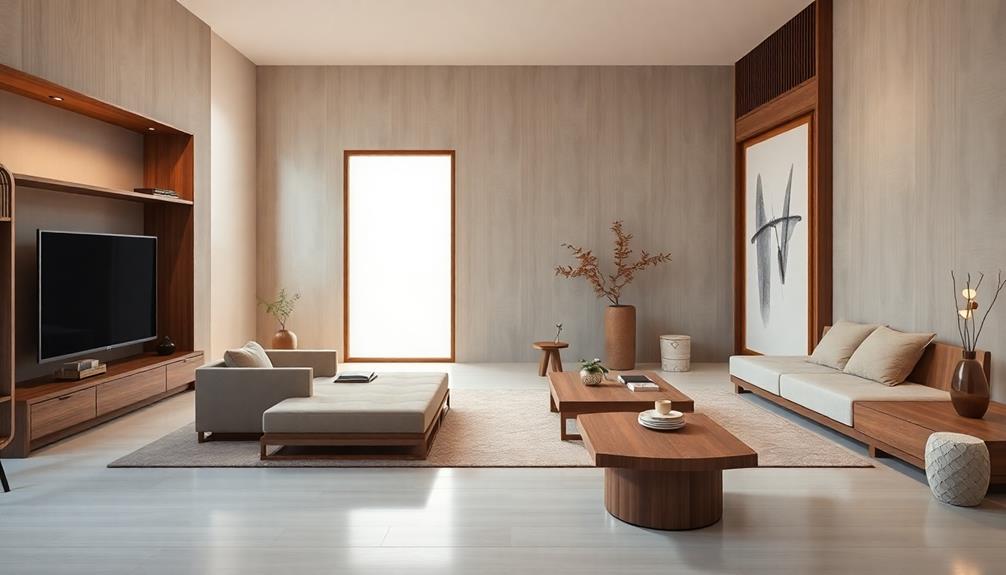
Modern interior design adaptations reflect a seamless blend of traditional Chinese aesthetics with contemporary sensibilities. These adaptations often incorporate natural elements such as bamboo and stone, harmonizing with open spaces and minimalist decor to create tranquil atmospheres. Homeowners and aspiring designers alike are increasingly turning to online interior design courses to explore these innovative styles, gaining insights into how to balance cultural heritage with modern techniques. By embracing both traditional motifs and cutting-edge design principles, individuals can create spaces that are not only visually stunning but also rich in meaning and context.
You'll notice that these adaptations prioritize both functionality and style, creating spaces that are both beautiful and livable.
Here are three key aspects you can incorporate into your own designs:
- Minimalism: Embrace clean lines and uncluttered spaces to enhance tranquility and focus.
- Natural Materials: Use bamboo, wood, and stone to establish a connection with nature while adding warmth.
- Tech Integration: Incorporate smart home features for comfort and efficiency without compromising aesthetic appeal.
These elements work together to create an inviting atmosphere that honors tradition while embracing modernity, making your space feel both rooted and refreshed.
Cultural Significance in Interiors
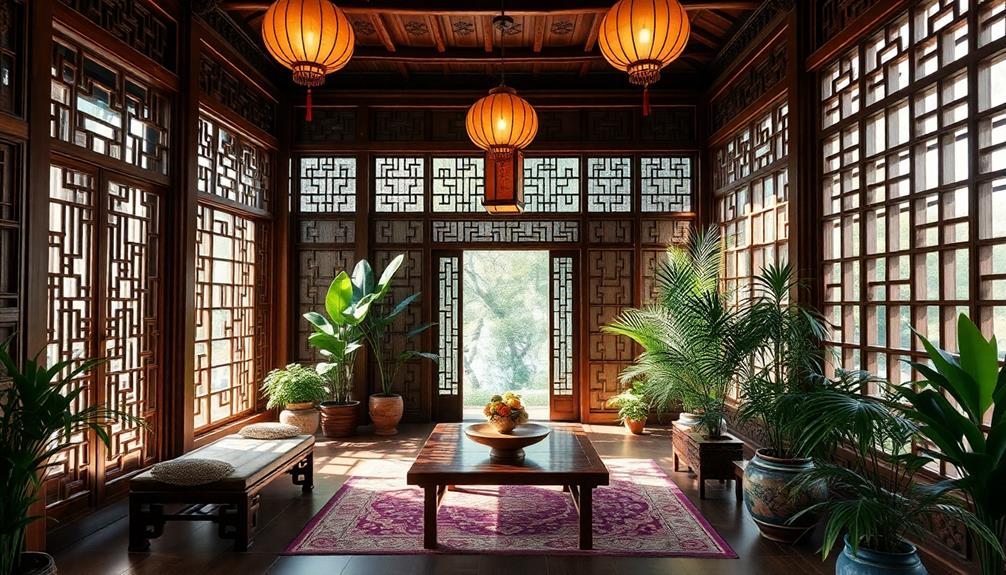
Cultural significance in interiors shapes not just aesthetics but also the emotional resonance of a space. When you incorporate traditional Chinese motifs, like dragons or lotus flowers, you're infusing your environment with stories and values that resonate deeply within the culture.
Each element, from color choices to natural materials, speaks to a rich heritage, promoting a sense of connection and belonging. Feng Shui principles guide your arrangement, ensuring that energy flows harmoniously, creating an atmosphere of peace and balance.
Symbolism and Aesthetic Appeal
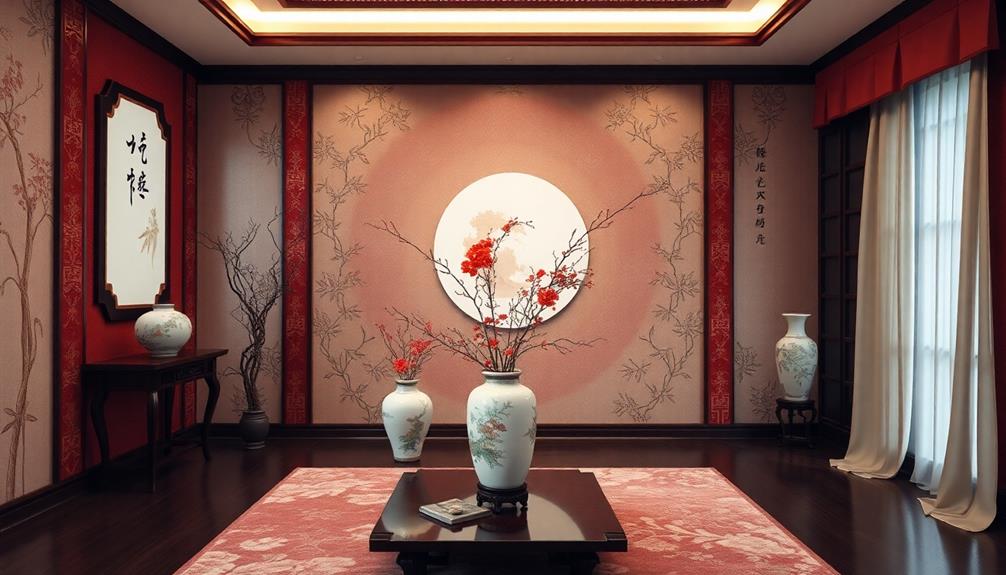
Symbolism in Chinese interior design adds depth and meaning to your space, transforming it from mere aesthetics into a reflection of values and beliefs. By incorporating traditional motifs, you can create an environment that resonates with cultural significance.
Here are three key elements to reflect upon:
- Dragons: These symbolize power and strength, instilling a sense of authority in your home.
- Lotus Flowers: Representing purity and enlightenment, they promote tranquility and peace in your surroundings.
- Lucky Colors: Using red for happiness and black for protection enhances the ambiance, creating a harmonious atmosphere.
Embracing these symbols not only enriches your interiors but also connects you to the cultural heritage that makes Chinese design unique and meaningful.
Community and Design Influence
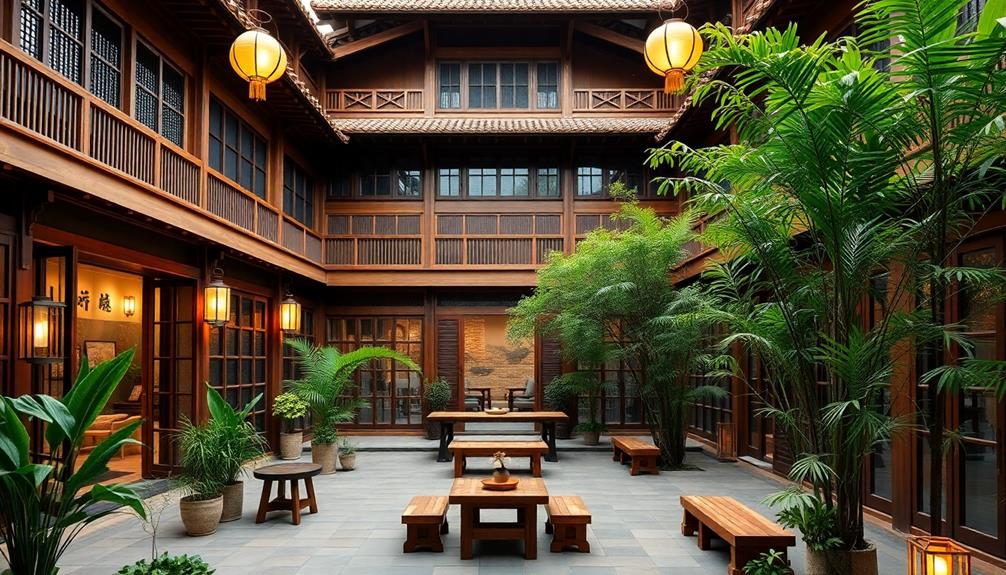
How does community shape the way we experience and appreciate design? Community influences design by reflecting shared values and traditions. Local artisans often create decor that embodies cultural significance, fostering a sense of identity. Events and gatherings inspire design trends, making spaces feel alive and connected.
Here's a quick overview of how community impacts design:
| Influence | Description |
|---|---|
| Local Artisans | Craft personalized, authentic pieces |
| Cultural Events | Spark new design trends |
| Shared Values | Highlight common traditions |
| Collaborative Spaces | Encourage social interactions |
| Education | Promote cultural heritage through workshops |
Frequently Asked Questions
How Do I Incorporate Chinese Design in Small Spaces?
To incorporate Chinese design in small spaces, use natural materials like bamboo and wood. Opt for symbolic decor, such as calligraphy or lucky motifs, and guarantee a clutter-free environment to promote harmony and tranquility.
What Are the Best Colors for a Chinese-Inspired Interior?
Think of your space as a TikTok video; vibrant reds for happiness, serene blues for tranquility, and earthy greens for balance. These colors create harmony and reflect the essence of Chinese-inspired interiors beautifully.
Can I Mix Modern Furniture With Traditional Chinese Decor?
Absolutely, you can mix modern furniture with traditional Chinese decor. Embrace the contrast to create a unique aesthetic. Just guarantee harmony in colors and materials to maintain balance and enhance the overall ambiance of your space.
What Are Common Mistakes in Chinese Interior Design?
You often overlook balance and harmony, clutter spaces, or ignore symbolic meanings. Mixing styles without consideration can disrupt energy flow. Always respect Feng Shui principles and traditional motifs to create a cohesive and inviting environment. Incorporating these principles is essential if you wish to master semiformal writing in the context of interior design, where each element plays a critical role in fostering well-being. A thoughtful approach, grounded in both aesthetic and spiritual balance, ensures that your space not only looks appealing but also feels harmonious on a deeper level. Keep in mind that neglecting these factors may lead to discomfort, both visually and energetically, for those inhabiting the space. When designing a space, it is crucial to prioritize balance and intentionality, as even the smallest detail can significantly impact the atmosphere. Semiformal writing essentials stress the importance of clear and refined communication, much like a well-designed room relies on thoughtful arrangement and the balance between form and function. In both writing and design, respecting structure while allowing creativity to flourish results in a polished, yet welcoming experience.
How Does Chinese Interior Design Influence Overall Well-Being?
Chinese interior design influences your overall well-being by promoting harmony and balance through Feng Shui principles. Natural materials and traditional motifs foster tranquility, while thoughtful layouts create positive energy, enhancing your mental and emotional health.
Conclusion
As you step back from your exploration of Chinese interior design, you might think you've just stumbled upon a world of dragons and serene bamboo. Ironically, in seeking harmony and balance, you realize your own space has never felt more chaotic. Who knew that by embracing tradition and modernity, you'd end up with a living room that feels more like a gallery of contradictions? Yet, perhaps that's the beauty—finding peace amidst the delightful disarray of cultural richness.
